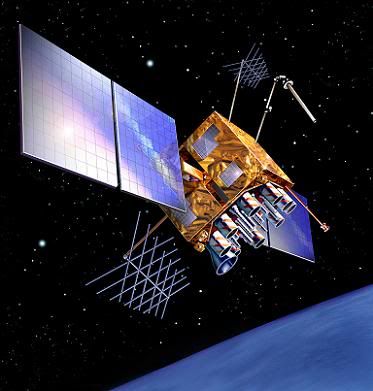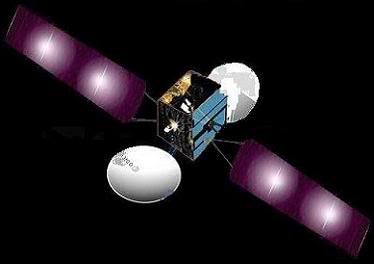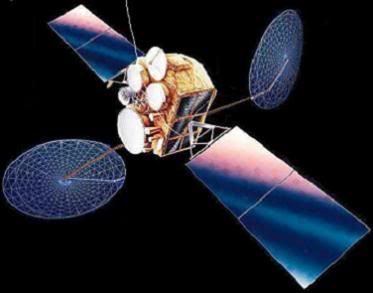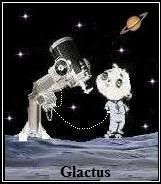Post by glactus on Nov 16, 2011 7:02:36 GMT
Space is big, but it can still get crowded up there. The recent collision between two orbiting satellites, including one Iridium satellite, was just an accident waiting to happen, according to debris scientists at Johnson Space Center in Houston. The fact that there even exists such a job as a space debris scientist shows that the problems are very real.

The GOEs weather satellite
The dangers are not so much to us on Earth - falling debris largely breaks up by the intense heat on accelerating through the earth's atmosphere - but rather to other fully functioning satellites. How many satellites are there in space orbiting Earth? And more importantly, how many satellites does it take to cause a space crash?

The Artemis satellite
The most up-to-date data comes from CelesTrak which is funded by the Center for Space Standards and Innovation, located in Colorado Springs. As of writing there are over 13,000 satellites in orbit and over 20,500 satellites have decayed since 1957. Looking carefully at the data it appears that there are just under 3,500 satellites that are both functioning and in their correct orbit compared to nearly 10,000 that are classed as debris but haven't yet decayed. So 75% of the satellites orbiting the Earth are junk!

The Sentinel satellite
Just to get a sense of what a collision would mean let us look at how fast these satellites are travelling. The Moon, which is at an average altitude of 385,000 km from Earth travels at a mean straight-line speed of 3,600 km/h. A geo-synchronous Earth orbit satellite such as GEO is at 35,800 km and travels as 11,000 km/h, whereas the International Space Station is only 380 km from Earth and whizzes around at an astonishing 27,600 km/h. At these speeds, even a small piece of debris can cause serious damage to satellite instruments and sensors and larger pieces can even shunt the satellite out of orbit.
The collision quoted above happened at an altitude of about 800 km, so the real concern is that as the debris decays and falls towards Earth it may hit either the ISS or the Hubble telescope.
To see 2 minute video of satellite launch and position just click on the link below. Has sound. Full screen option on bottom right.
www.youtube.com/watch?feature=player_detailpage&v=VBf_WsHTH_c

Credits: These are non copywrite images
Text by wikipedia
Video by YouTube

The GOEs weather satellite
The dangers are not so much to us on Earth - falling debris largely breaks up by the intense heat on accelerating through the earth's atmosphere - but rather to other fully functioning satellites. How many satellites are there in space orbiting Earth? And more importantly, how many satellites does it take to cause a space crash?

The Artemis satellite
The most up-to-date data comes from CelesTrak which is funded by the Center for Space Standards and Innovation, located in Colorado Springs. As of writing there are over 13,000 satellites in orbit and over 20,500 satellites have decayed since 1957. Looking carefully at the data it appears that there are just under 3,500 satellites that are both functioning and in their correct orbit compared to nearly 10,000 that are classed as debris but haven't yet decayed. So 75% of the satellites orbiting the Earth are junk!

The Sentinel satellite
Just to get a sense of what a collision would mean let us look at how fast these satellites are travelling. The Moon, which is at an average altitude of 385,000 km from Earth travels at a mean straight-line speed of 3,600 km/h. A geo-synchronous Earth orbit satellite such as GEO is at 35,800 km and travels as 11,000 km/h, whereas the International Space Station is only 380 km from Earth and whizzes around at an astonishing 27,600 km/h. At these speeds, even a small piece of debris can cause serious damage to satellite instruments and sensors and larger pieces can even shunt the satellite out of orbit.
The collision quoted above happened at an altitude of about 800 km, so the real concern is that as the debris decays and falls towards Earth it may hit either the ISS or the Hubble telescope.
To see 2 minute video of satellite launch and position just click on the link below. Has sound. Full screen option on bottom right.
www.youtube.com/watch?feature=player_detailpage&v=VBf_WsHTH_c
Credits: These are non copywrite images
Text by wikipedia
Video by YouTube


